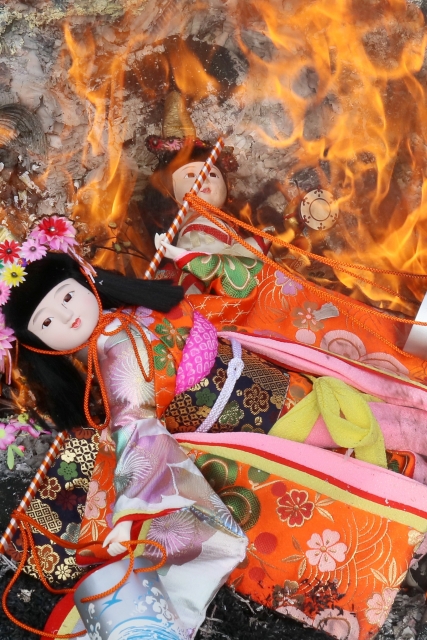The Emergence of Doll-Buying Businesses
Recently I’ve been seeing more and more newspaper flyers and online ads offering to “buy dolls”. The reason why these businesses are eager to collect dolls is that by purchasing them in large quantities, they can single out valuable pieces and resell them at higher prices. For instance, finely crafted hina dolls made by renowned artisans or antique dolls from the Edo and Meiji periods can be treated as works of art. On the other hand, in ordinary households, they are often regarded as nothing more than “old dolls,” leaving families unsure of how to dispose of them. This gap between supply and demand seems to have created a new type of business.
However, one puzzling point remains. In traditional Japanese values, the very idea of “buying old dolls” has long been avoided. This is because dolls were believed to possess souls, and selling them for money or discarding them carelessly was feared to bring misfortune.
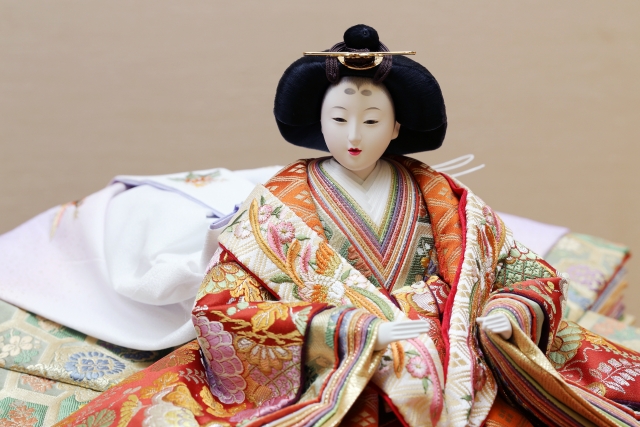

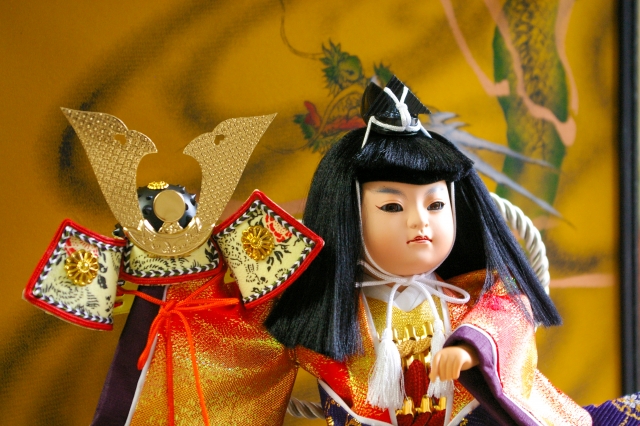
The hina dolls displayed during the Girls’ Festival, for example, have never been regarded as mere decorations. They were thought to serve as protective charms, embodying the prayers of parents and grandparents for their daughter’s healthy growth. It was believed that the dolls would take on the child’s misfortunes in her place. Therefore, once a child grew up and the dolls had fulfilled their role, they were not simply thrown away but ritually disposed of through a ceremony known as ningyō kuyo—doll memorial services.
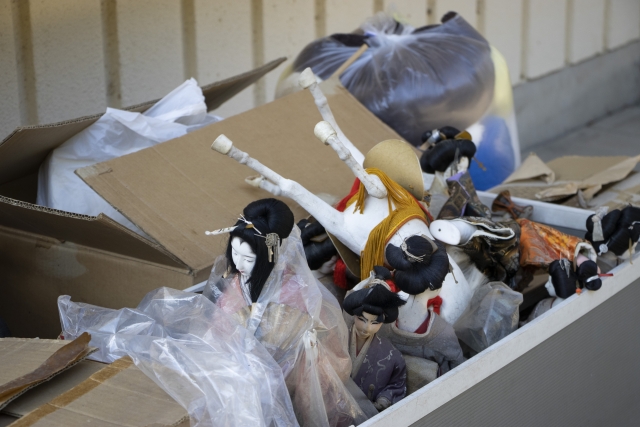
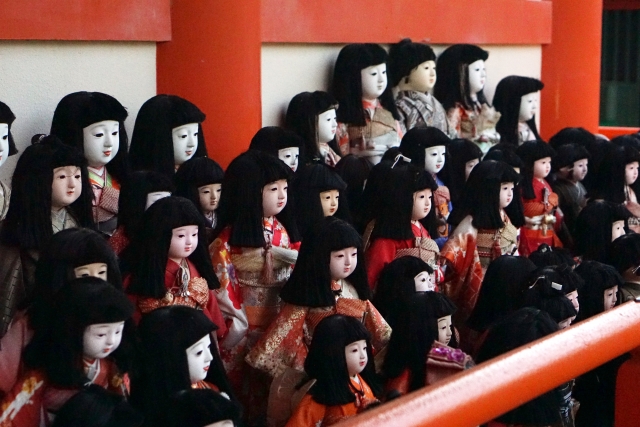

Doll Memorials and Ritual Practices
These ceremonies are usually conducted on specific days at shrines or temples. Dolls are placed on an altar, purified by priests or chanted over by monks, and then consigned to fire, returning them to mere matter. For example, at Meiji Jingu Shrine in Tokyo, an annual “Doll Thanksgiving Festival” is held, scheduled this year on Sunday, October 5. In Iwatsuki, Saitama Prefecture—famous as a doll-producing center—a large-scale service with Buddhist chanting takes place every year on November 3, attracting dolls sent from across the country. Iwatsuki is also home to a “Doll Mound,” a symbolic site for such memorials. In recent years, delivery services have made it possible to send dolls for memorial rites without visiting in person, a convenient option for busy people. Of course, such services are not free; both shipping and memorial fees are usually charged.

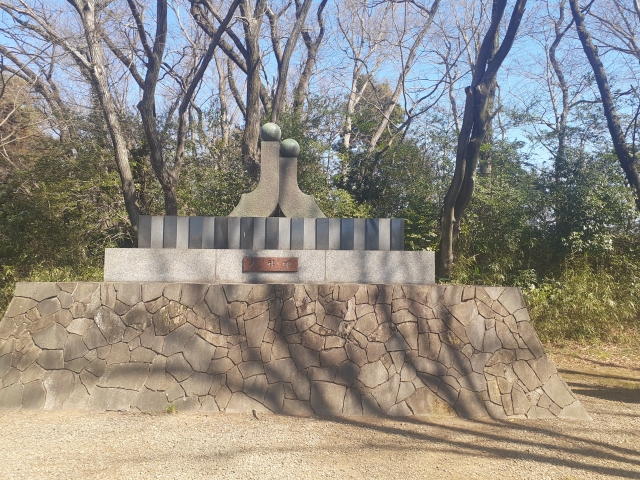
The belief that objects can possess souls is not limited to dolls. In Japan, this idea has long been widespread. At Benten Island in Ueno, for instance, memorial monuments stand for items such as pufferfish, kitchen knives, calendars, eyeglasses, and threads. Everyday tools, once worn out, have been ritually honored with gratitude for their service. All the more so with dolls, which resemble human beings—their disposal without ceremony feels disrespectful. Thus, Japanese people have traditionally chosen to see off their dolls through religious rites.
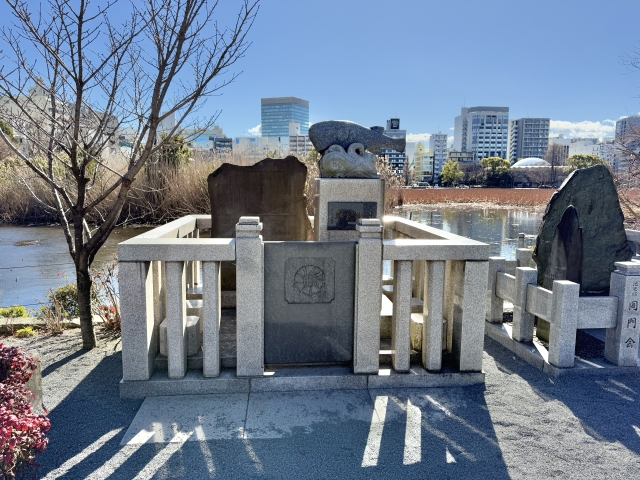
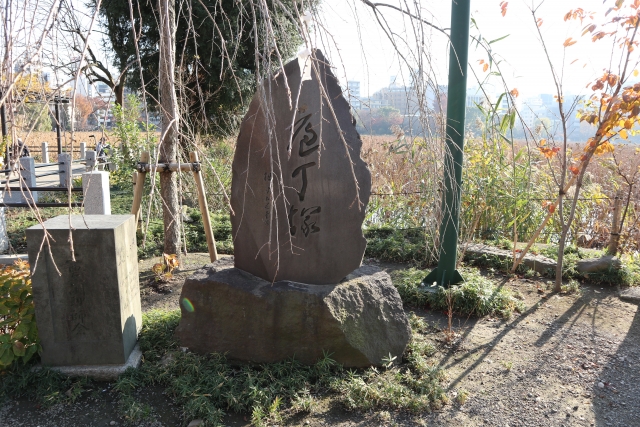
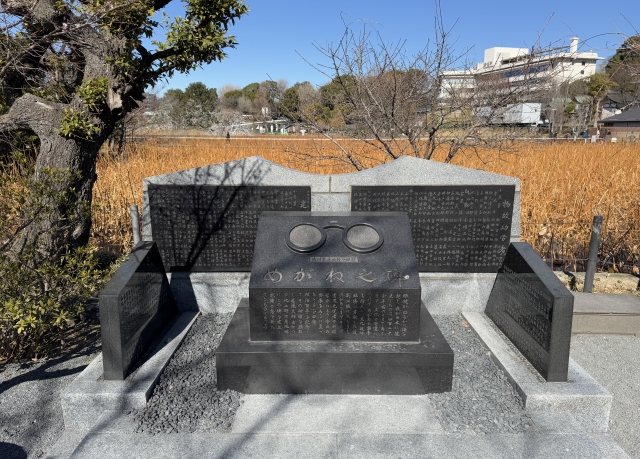
Dolls in the Modern Market and Changing Lifestyles
Why, then, has there been a rise in doll-buying businesses in recent years? One answer lies in the overseas market. For those who do not share the Japanese belief in dolls’ spiritual essence, these items appear simply as “beautiful crafts” or “affordable art objects.” Particularly in Europe and the United States, Japanese dolls enjoy popularity as exotic interior decorations and collectibles, often traded at flea markets and auctions. In other words, dolls regarded in Japan as “unwanted items difficult to dispose of” are seen abroad as “attractive export goods” with renewed value.
Changes in Japanese households and lifestyles have also played a role. From the postwar era through the period of rapid economic growth, vast numbers of hina dolls and Boys’ Festival dolls were produced and exchanged as gifts. But today, declining birthrates and changes in housing conditions have reduced the practice of displaying large dolls. The custom of gift-giving itself is fading, and as a result, countless dolls that once symbolized children’s healthy growth now have no place to go. This reality has provided fertile ground for both doll memorial services and doll-buying businesses.
In short, dolls now embody a dual identity: within Japanese culture, they remain sacred beings believed to house souls, while in the global marketplace, they are increasingly valued as artistic objects. The coexistence of doll memorials and doll-buying businesses thus reflects both the demands of the times and the diversification of values.

